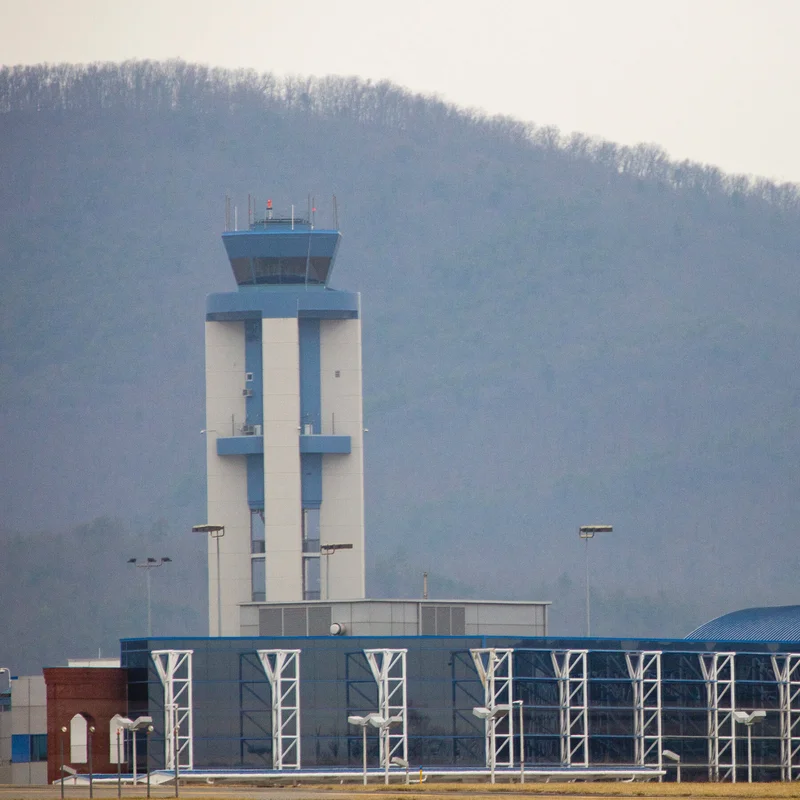On a quiet dairy farm in Wisconsin, Bessie isn’t just chewing cud—she’s streaming data. Around her neck sits a sleek, high-tech collar that tracks everything from her steps and sleep patterns to her rumination time and body temperature. This isn’t science fiction; it’s the new frontier of smart farming.
Across the U.S. and Europe, dairy farmers are turning to AI-powered wearables to monitor their herds in real time. These collars—equipped with accelerometers, microphones, and Bluetooth connectivity—act like Fitbits for cows, helping farmers detect illness early, optimize breeding windows, and even boost milk production by up to 10%.
Why Happy Cows = More Milk
It turns out, cow comfort directly impacts output. Stress, heat, or undetected infections can slash milk yield overnight. But with smart collars, farmers get instant alerts if a cow’s behavior changes—like reduced chewing or unusual restlessness—signaling potential health issues before they escalate.
“We used to walk the barn twice a day looking for signs,” says Jake Morrison, a third-generation dairy farmer in Vermont. “Now, my phone buzzes if Daisy’s off her game. I can treat her before she even looks sick.”
What the Collars Track
- Activity levels: Sudden spikes can signal estrus (heat), helping time artificial insemination perfectly.
- Rumination time: Less chewing often means digestive trouble or illness.
- Resting patterns: Poor sleep or standing too long may indicate lameness or discomfort.
- Body temperature: Early fever detection for diseases like mastitis.
From Data to Decisions
Companies like CowManager, Moocall, and SCR by Allflex feed this data into cloud-based dashboards that use machine learning to spot trends and offer actionable insights. Some systems even integrate with milking robots and feeding stations to auto-adjust care based on individual needs.
For an industry under pressure from climate regulations, labor shortages, and thin margins, these tools aren’t just convenient—they’re becoming essential.



